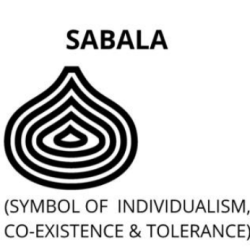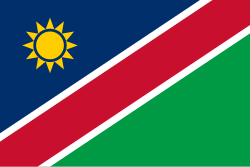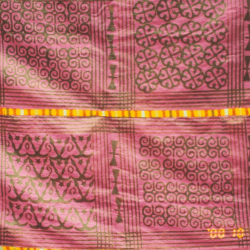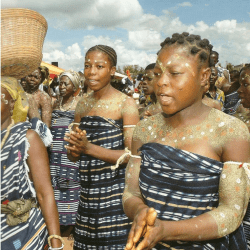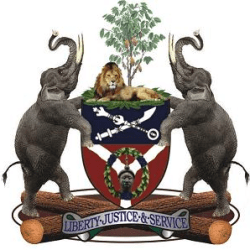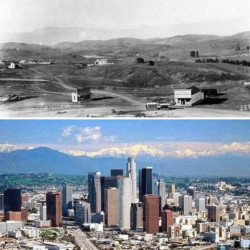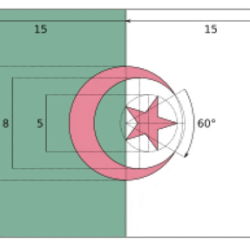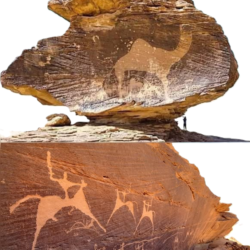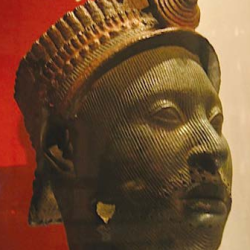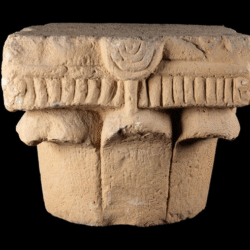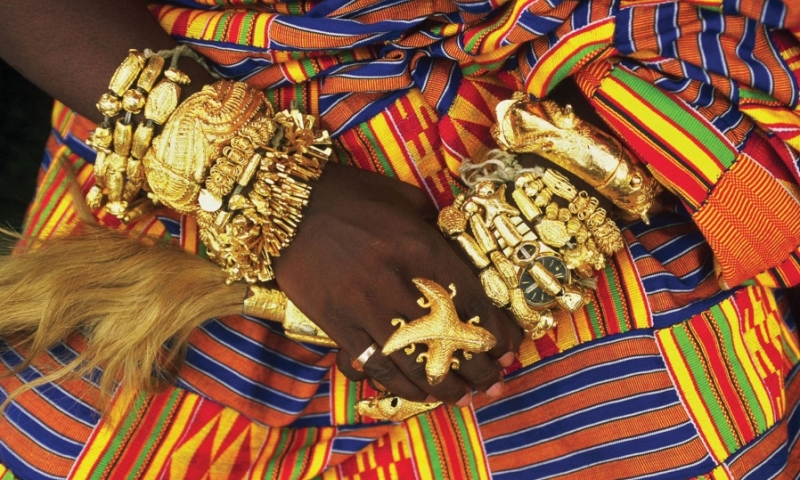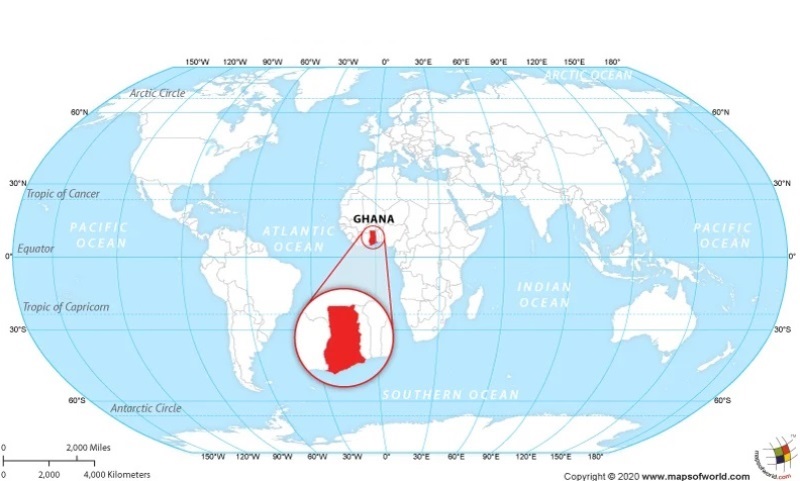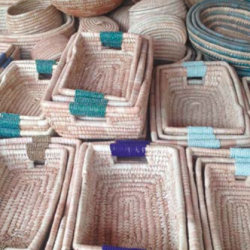Dzesi/ Dzesiwo is the name given to the indigenous êʋê symbols.
Êʋê’s have a cultural identity which is embedded in our symbols. Most of these symbols have been documented as early as the late 18th century and are derived from ancient proverbs and life events.




Individually each symbol is associated with a specific proverb or saying rooted in Êʋê experience. Collectively, these symbols form a system of writing that preserves and transmits the cultural values of the Êʋê.
These symbols are used by royals, traditionalist, traditional rulers, herbalist, elders and the people within the community.
They are represented in their indigenous art forms such as their linguistic staff, stools, canoes, local architecture, doors and paintings but mostly in the traditional woven cloth we know as KETE.
They are ‘coded’ and need to be unravelled for a better appreciation and understanding.
These symbols have aesthetic and educational values from which moral lessons are learnt and it is an integral part of the everyday life.
